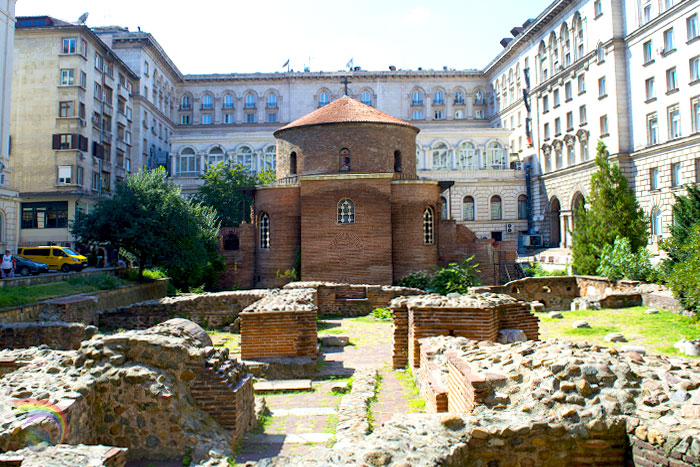In a few cities, the more authoritarian and centralized future began to be enacted. The great cities of the east—Alexandria, Antioch, and Constantinople, and to a lesser extent Jerusalem—were the focus of religious discontent and contention. They had passed the tipping point, now having active Christian majorities, and they were large enough and diverse enough to discover that “Christianity” was not something obvious or simple on which all followers of Jesus could agree. When those cities were restless, emperors noticed and acted: first to contain, eventually to control.
Surely Jesus preached a message of love and peace? Perhaps, but, as is only too obvious, love and peace are not the only leading characteristics of Christian communities or their relationships with non-Christians. A community of followers of a teacher from one place and one time naturally tends to diverge in beliefs and practices as the community spreads over space and time, especially when it crosses language boundaries. Christianity always had as a countervailing, centripetal force its deep-rooted belief in the unity and homogeneity of its various expressions throughout the known world. This noble but impractical ideal meant that people with divergent ideas who lived side by side could not tolerate their divergence but were compelled to mistrust one another and to seek to persuade their neighbors of the error of their ways destinations bulgaria.
Christians relied on
The fundamental puzzle went back to the texts that Christians relied on. Those texts told the story of a distinctly human, circumscribed being, a man who had a family, a job, a hometown, a career, and then a death. His only really unusual characteristic was that he also had a resurrection, even if the several accounts of his life were oddly at variance about that defining event. (The gospels agreed that he came back to life, and mostly agreed that shortly thereafter he departed from among his followers without a second death, but they varied on the details. One—the gospel of Mark—contained traces of two or three different versions, and only Luke 24:51 tells the story of the miraculous bodily ascension into heaven.)
Jesus and his first followers, moreover, offered a variety of assertions about his relationship with the supreme divine being, evidently the god of the Jews. On any reading of his story, he was a privileged representative, a spokesman, even an empowered plenipotentiary. Some of the most provocative language connected him to Jewish traditions about a messiah, an anointed, kinglike successor to Israel’s ancient rulers, restoring something of its former glory and independence, whereas other language referred to his sonship and his personal, intimate relationship with the divine. The task of interpreting what he said and what was said about him is made dramatically more difficult by the decision to treat the scriptures of the Jews as themselves inspired truth. There is simply too much scripture for it all to make sense The Nestorians imagined Christ’s divinity.
Dialectically defensible assertions
Reducing these various stories and assertions to a single set of dialectically defensible assertions that all can agree on has proved, over two millennia, to be entirely impossible. The boundary between the human and the divine is impossible to define. There are three main lines of possible definition about Jesus’s role: mostly to entirely human; mostly to entirely divine; or human, then divine. The last of these was the most comfortable for ancient religious practice to accept, for there were ample cases of mortals raised to divinity—not least visibly in the case of the Roman emperors from Julius Caesar onward. On his deathbed, the emperor Vespasian is said to have expired with the line, “I think I’m becoming a god.” The philosopher Seneca had already mocked the late emperor Claudius by describing in a little satirical pamphlet how he became at his death not a god, but a pumpkin.
The holy transformation may have been a commonplace model, but it was never widely accepted. Despite some language in the holy books that lent itself to an “adoptionist” position—Jesus was a human being adopted as son by his god and thus transformed—the fault line or rift in these debates regularly fell between the human and the divine, the central theological issue of the fourth century. The position we now call Arian insisted on distinguishing Jesus from his god, whereas the Nicene position insisted on identifying the two with each other, absolutely and without reservation. “Of identical substance,” homoousios in Greek, was the wording of that creed. Proponents of the alternative position occasionally went so far as to say “of similar substance,” homoiousios in Greek, distinguished from the other Greek term by only a single iota. But even when two positions came that close, they proved incompatible. Either Jesus was divine or he was not.








